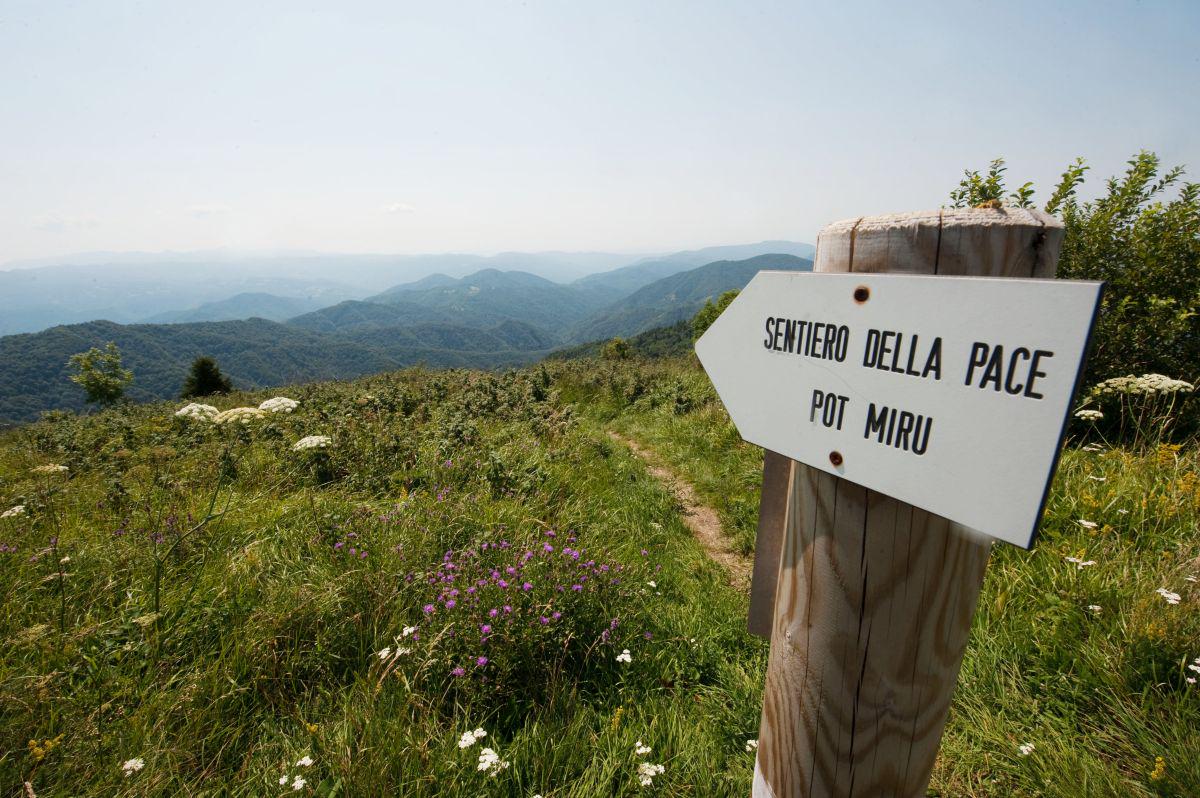
The approximately 230 kilometres long Walk of Peace from the Alps to the Adriatic, which starts at Log pod Mangartom and ends at Devin, brings together rich natural and cultural heritage along the former Isonzo front. It has now been put on Unesco’s tentative list of world heritage.
In December 2015, the government of Slovenia supported the initiative made by the national committee for commemorating the 100-year-anniversary of WW1. The latter suggested putting the Walk of Peace from the Alps to the Adriatic – Heritage of the First World War on the European as well as the world list of cultural heritage. The nomination was drafted by a group of representatives from several organisations under guidance of the Walk of Peace Foundation from Posočje. On 8th February, Slovenia’s cultural holiday, the trail was put on Unesco’s tentative list, which is the first step for this heritage sight from WW1 to be put on Unesco’s World Heritage List. The committee would also like to include Italy and Austria in the process of nomination.
Six items from Slovenia on Unesco’s tentative list
Unesco’s tentative list of world heritage, which is a compulsory step in the process of nomination, includes six entries from Slovenia: Classical Karst, Fužina Hills in Bohinj, Franja Partisan Hospital, beech forests, and the timeless, humanistic architecture of Jože Plečnik in Ljubljana and Prague. For three of these, the files containing the nomination for entry onto the list of world heritage, have already been prepared.
Heritage of Isonzo front
The Walk of Peace from the Alps to the Adriatic connects areas and people, rich natural and cultural heritage along the former Isonzo front. The trail starts in Log pod Mangartom (NW Slovenia) and ends in Devin (Italy).
WW1 battlefields along the Soča/Isonzo River still host many remains: military cemeteries, caverns, trenches, ossuaries, chapels, monuments, open-air museums and other memorials which represent important material and non-material heritage of European and world history. Moreover, they are a reminder of the importance of peace and cooperation among nations.
N. Ar., translated by K. Z.


































































